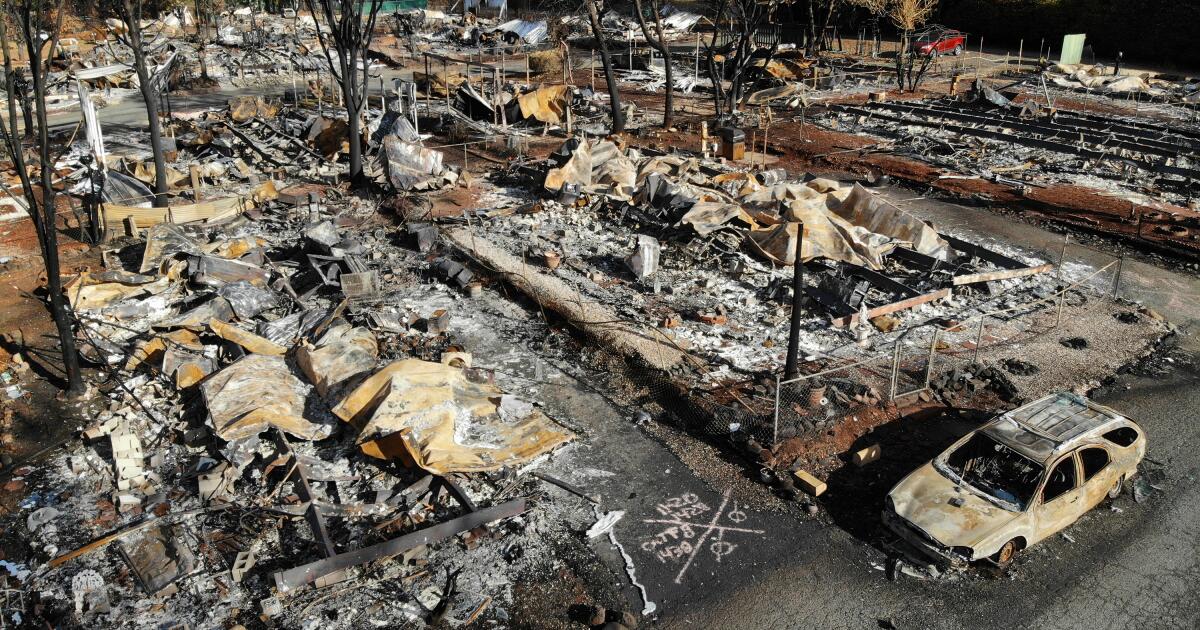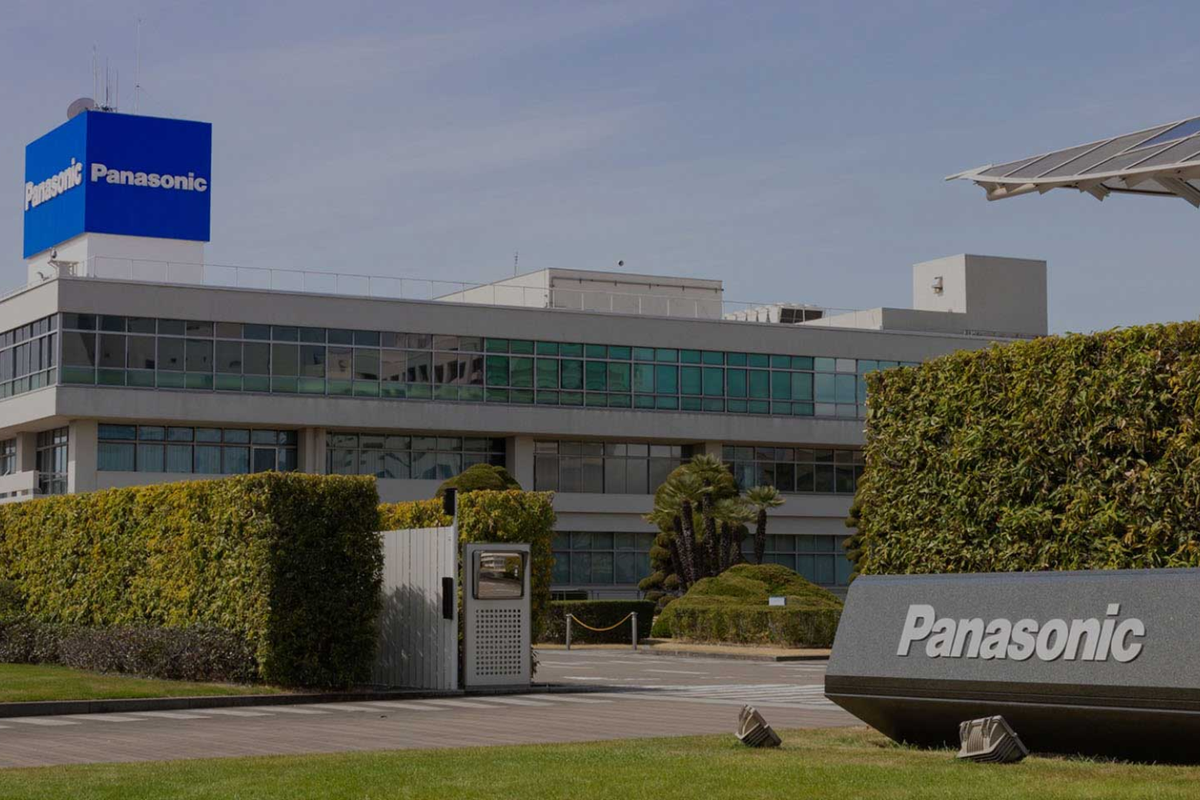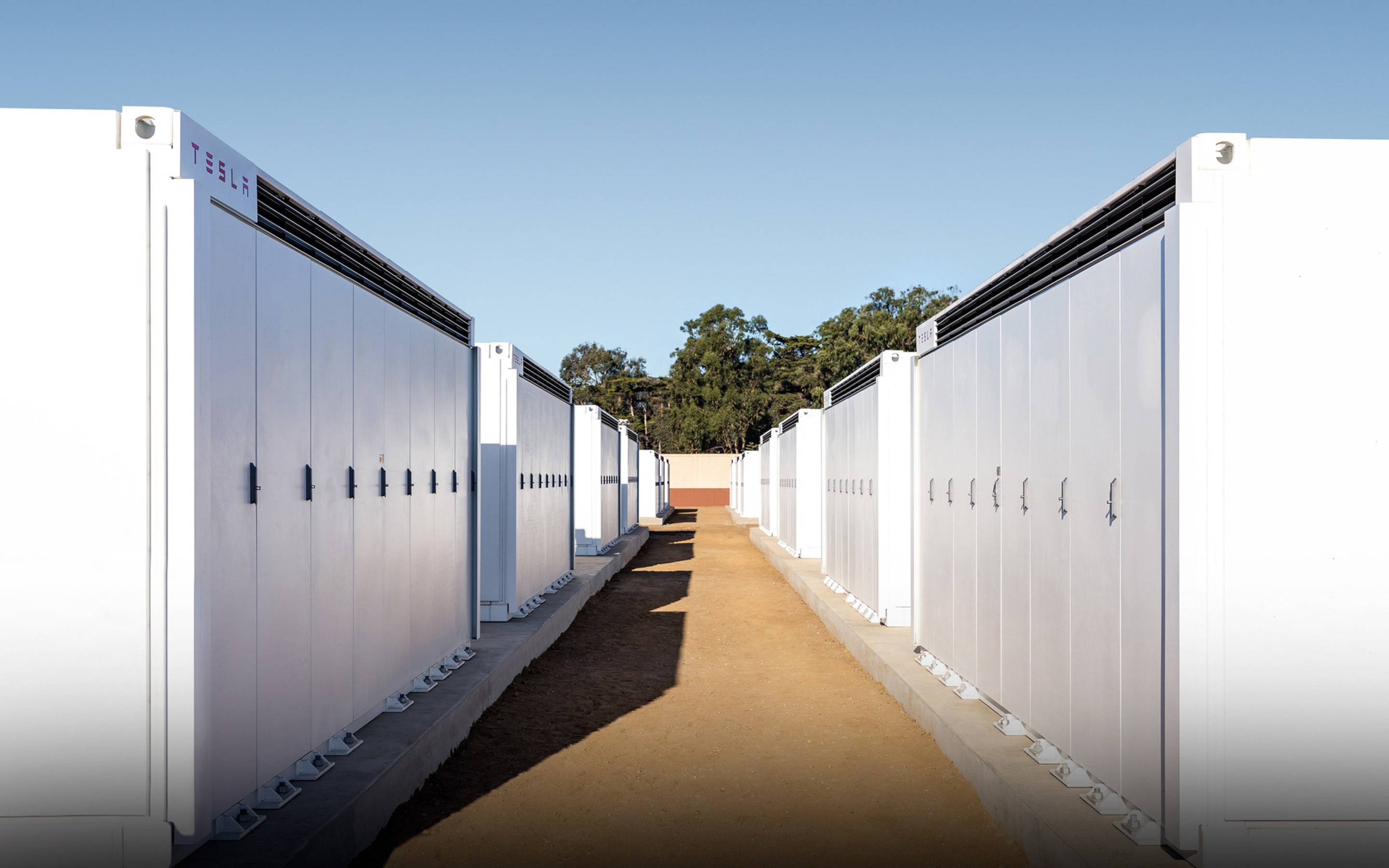Here in PGE land in Oregon, on a non-TOU plan we pay $0.07002/kWh for Energy Use, $0.00585/kWh for Transmission, and $0.05447/kWh for Distribution. (And a $11/month basic charge.)Its unfortunate because across all the utilities, and even in Los Angeles Dept of Water and Power land, where I live, the ratio of about 20% cost of electricity to 80% everything else holds true.
So it is a much more even split here. (On my latest bill the split was: 41% Energy, 38% Transmission/Distribution, 14% taxes/fees, and 7% basic charge.)







